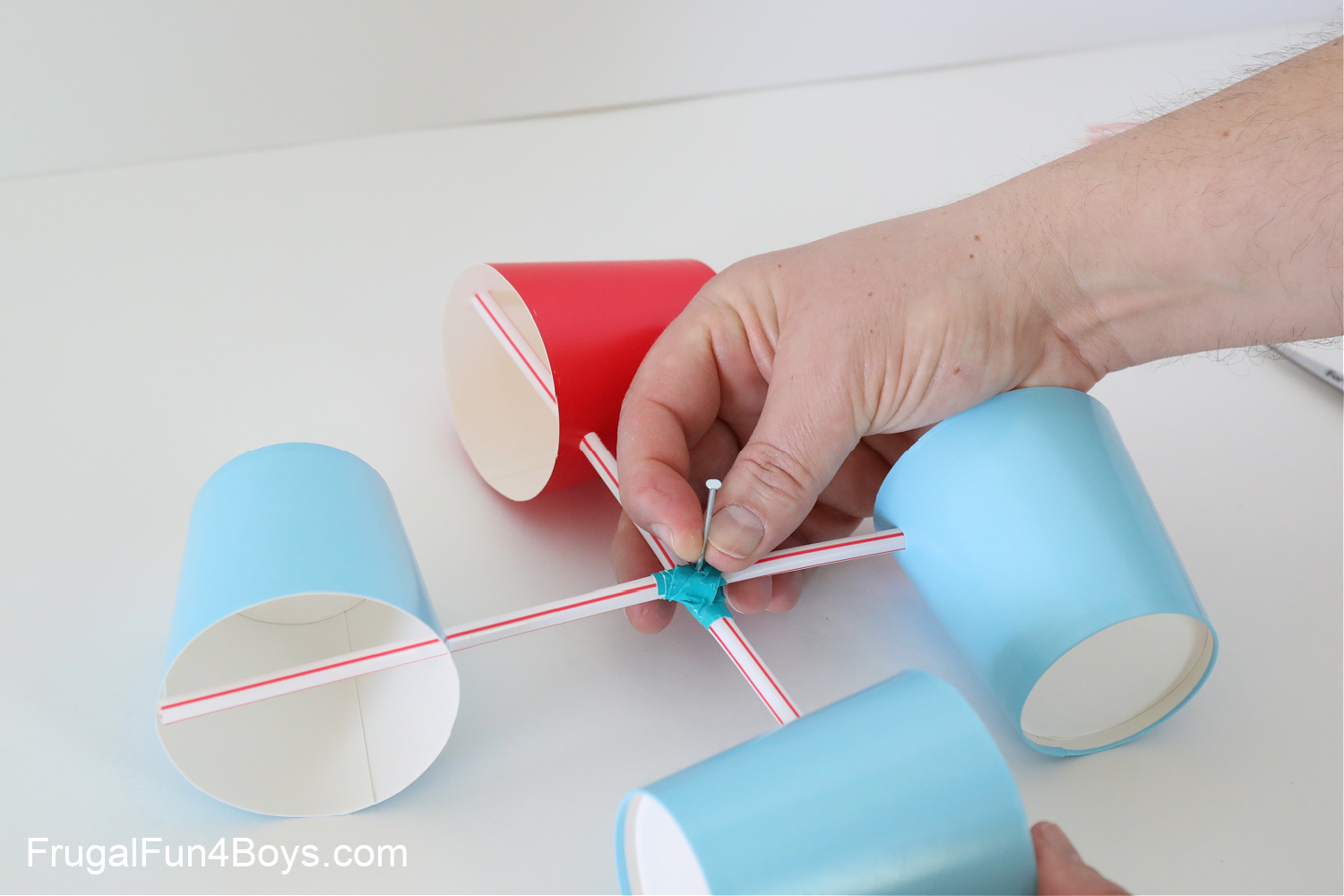Contrasting Digital and Mechanical Anemometers: Which is Right for You?
Contrasting Digital and Mechanical Anemometers: Which is Right for You?
Blog Article
All You Required to Understand About Anemometers: Exactly How They Work, Why They Issue, and Where to Utilize Them
Anemometers, though usually neglected in the world of scientific instruments, play a critical function in various fields, supplying useful insights into wind speed and air movement patterns. As we delve into the intricacies of anemometer modern technology, we will discover the inner operations of these tools, their significance, and the crucial factors to consider when selecting the right anemometer for particular applications.

Anemometer Essentials
A vital instrument utilized to gauge wind rate and direction, the anemometer plays an essential function in weather forecasting and various sectors. An anemometer usually includes 3 or 4 mugs that revolve in the wind, a vane that aims right into the wind, and sensors to track the turnings or movements. By computing the rotations or motions over a specific period, the anemometer can establish wind speed. The vane aids determine wind direction by directing right into the wind, providing valuable information for weather forecasting, aviation, maritime procedures, ecological tracking, and wind energy applications.
There are different kinds of anemometers available, consisting of mug anemometers, vane anemometers, hot-wire anemometers, and sonic anemometers, each with its one-of-a-kind functions and applications. Mug anemometers are commonly made use of for standard wind rate dimensions, while vane anemometers are liked for directional measurements.
Concepts of Anemometer Operation
Building on the fundamental understanding of anemometer fundamentals, the principles of anemometer operation clarify the auto mechanics behind wind speed and direction dimensions. Anemometers operate the principle of air movement influencing a sensing unit, creating it to turn. Cup anemometers, for example, have 3 or more mugs that catch the wind, triggering them to rotate quicker as the wind rate increases. The rotation rate is then converted into a wind speed measurement. Vane anemometers, on the other hand, utilize a tail or a probe that straightens itself with the wind instructions, giving a dimension of wind direction based upon the orientation of the sensor. Hot-wire anemometers depend on a warmed wire that cools off as wind passes over it, with the price of cooling establishing the wind rate. Ultrasonic anemometers measure wind speed and direction by examining the time it considers ultrasonic signals to travel in between transducers. Recognizing these concepts is crucial for accurate and trusted wind dimensions in various applications.
Significance of Anemometers
The relevance of anemometers in weather forecasting and different markets can not be overstated. Anemometers play an essential function in gauging wind speed and instructions, giving crucial data for weather projecting, environment studies, environmental surveillance, and learn this here now aviation procedures. Meteorologists count on anemometers to collect precise wind data, helping them comprehend weather condition patterns, forecast tornados, and problem prompt cautions to the public. In industries such as building, farming, eco-friendly energy, and maritime operations, anemometers are utilized to maximize processes, ensure security, and raise effectiveness. Wind farm operators utilize anemometers to evaluate wind conditions and take full advantage of electrical energy production from wind turbines. In the maritime market, anemometers aid ship navigating by giving real-time wind information to captains, assisting them make informed choices to make sure secure trips. Generally, anemometers are important tools that add substantially to safety and security, efficiency, and educated decision-making in weather forecasting and a wide variety of sectors.
Applications Across Various Industries
In the renewable energy industry, anemometers play a critical Homepage duty in examining wind problems for wind ranch positionings, ensuring optimal power production. Industries like building and construction and mining use anemometers to keep track of wind rates, vital for safety and security procedures, particularly when working at elevations or in open-pit mines where strong winds can pose risks. In agriculture, anemometers help farmers in managing crop splashing by offering real-time data on wind speed to avoid drift.

Picking the Right Anemometer for Your Needs
For basic objectives, a mug anemometer is suitable for measuring wind rate, while a vane anemometer gives wind instructions data. Hot-wire anemometers are ideal for low airspeed measurements, and ultrasonic anemometers offer high precision and resilience.

Verdict
Finally, anemometers play a crucial duty in determining wind speed and instructions across different markets. Understanding the principles navigate to these guys of anemometer operation is necessary for picking the appropriate gadget for particular requirements. From meteorology to aeronautics, anemometers are important tools for collecting precise data and making certain safety and security in various applications. It is necessary to consider the relevance of anemometers in order to make educated choices when picking one of the most appropriate device for gauging wind problems.
There are different kinds of anemometers offered, including mug anemometers, vane anemometers, hot-wire anemometers, and sonic anemometers, each with its special features and applications. Cup anemometers are frequently used for fundamental wind speed measurements, while vane anemometers are preferred for directional measurements. Hot-wire anemometers are suitable for low airspeeds, and sonic anemometers are suitable for high-precision dimensions in study and industrial setups.Building on the foundational understanding of anemometer essentials, the principles of anemometer operation clarify the auto mechanics behind wind rate and instructions measurements. For basic purposes, a mug anemometer is ideal for measuring wind rate, while a vane anemometer offers wind direction data.
Report this page